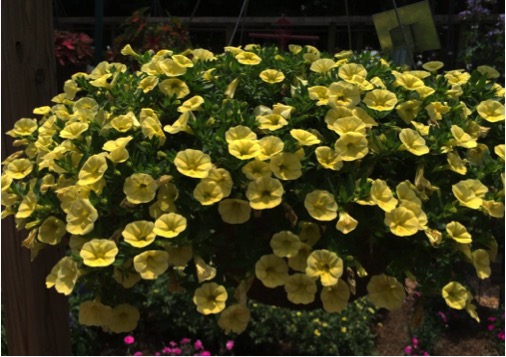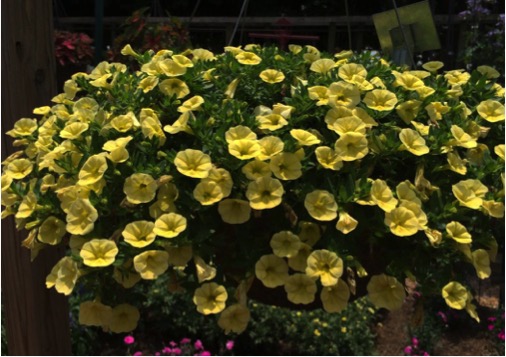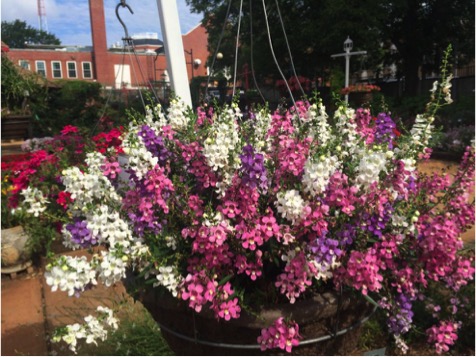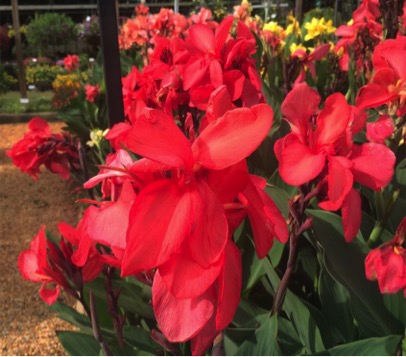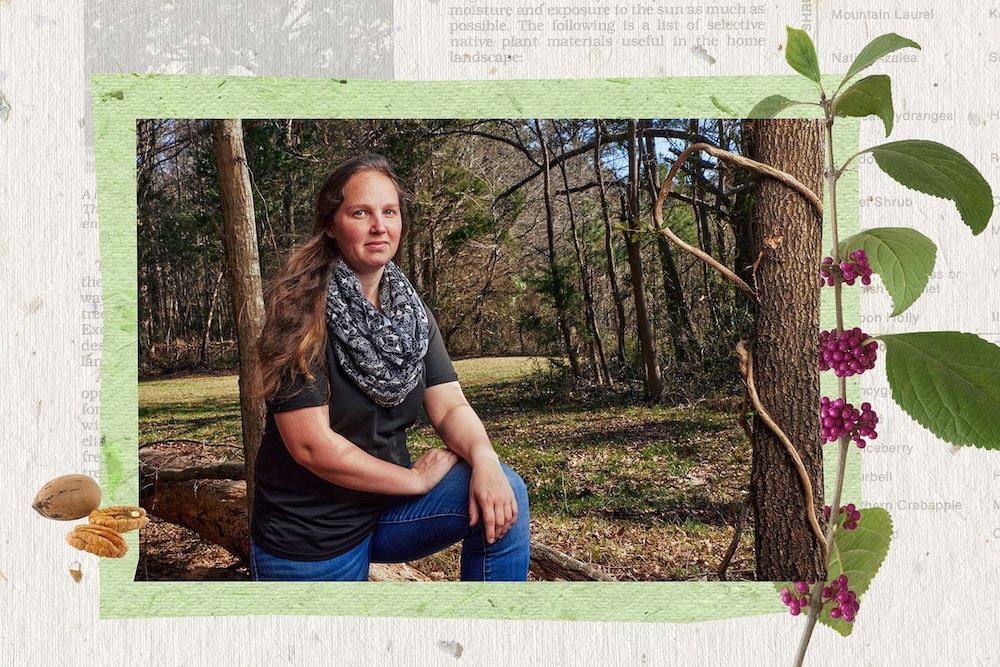Every summer, the staff of the Trial Gardens at the University of Georgia raises hundreds of varieties of new ornamentals, and the best of those plants become Classic City Garden Award winners.
This year’s top picks survived sweltering conditions — Athens, Georgia, saw more than 100 days over 90 degrees in 2016. Even with the best care, only well-bred, healthy plants thrive in those torturous temperatures.
“We pick Classic City Award winners every year to recognize the 10 or 12 best plants in the garden,” said John Ruter, UGA professor of horticulture and director of the gardens. “Breeders send us their plants because they want to see if they can grow in the heat and humidity of a Georgia summer … These plants did the best, even under this summer’s extreme conditions.”
Since 1982, the Trial Gardens on UGA’s Athens Campus have been used as a literal testing ground for plants from around the world. By evaluating new selections of annuals and perennials, the staff of the gardens helps to introduce new plants to the Southeast’s green industry and the general public.
The gardens’ plant evaluations are respected across the globe. Commercial nurseries nationwide depend on the staff’s recommendations to determine what they will grow for sale the following season, which means that many of this year’s hardiest plants will be available in stores next spring.
Plants labeled “Classic City Garden Award winner” have a better-than-average chance of surviving the typical Georgia garden and gardener.
For more information about the Trial Gardens and this year’s trial results, visit ugatrial.hort.uga.edu . All plants are listed by their trade names followed by the nursery that developed them.
Ruter and gardens manager Meg Green provided plant descriptions.
- Calibrachoa ‘Cabaret® Lemon Yellow,’ Ball FloraPlant
This summer’s weather allowed the calibrachoa to flourish. It was a hot and dry summer, but by late July welcome rain began to fall frequently enough to sustain the garden. The calibrachoa rewarded us with months of flowering cultivars. ‘Cabaret® Lemon Yellow’ was a crowd favorite at the public open house before being selected as a Classic City Garden Award winner. It was quick to grow into a mound of deep green foliage that became covered in deep lemon-yellow flowers. This plant remained in full bloom all summer. - Calibrachoa ‘Calibasket™ Sunny Side,’ Westhoff
‘Calibasket™ Sunny Side’ calibrachoa has been in full bloom for over three months. The plants grew together quickly and wasted no time in showing off their superior ability to withstand the most gruesome weather. The flowers were a clean white, with yellow descending deep into the flower’s center. Bees cover themselves in pollen as they harvest it from the seemingly infinite supply of blooms. - Callerya reticulate, developed by John Ruter
Callerya reticulate is a wonderful evergreen vine in warmer climates known as “evergreen wisteria.” This particular selection came from Taiwan and was the only seedling in the batch to survive the 6 degree winter low that Athens had a couple of years ago. The single-digit temperatures knocked the foliage off, but it came back the next spring with vim and vigor. Starting midsummer, the plant produces numerous 12- to 15-inch flower clusters, which feature purple blooms with a green spot on the upright banner petal. In China the native range of this plant reaches from upper zone 8 down through zone 11. It provides great summer color. - Canna ‘Toucan™ Rose,’ Proven Winners
The gardens housed over 10 cultivars of the newest and most dwarf cannas, and all performed excellently. ‘Toucan™ Rose’ grew quickly and began producing its large rose flowers in no time. The plants grew to 4 to 5 feet tall and were covered in large, deep rose canna flowers. Every week, this canna outshone its neighbors. - Capsicum ‘Hot Pops Purple,’ PanAmerican Seed
Not only was ‘Hot Pops Purple’ a popular plant among visitors to the garden this summer, but its performance was also flawless. The plants were compact, reaching heights of less than 6 inches, and were more sprawling than upright. By early summer, these diminutive plants were covered with hundreds of small, perfectly round purple and orange orbs. ‘Hot Pops Purple’ continued to show off its flair into the fall. - Combos ‘MixMaster™ Summer Bouquet,’ Ball FloraPlant
Since angelonia arrived in the garden in the late 1990s, it has been a favorite crop of the staff. These plants have been perfected over time to be amongst the most carefree crops to grow. The combination basket ‘MixMaster™ Summer Bouquet’ was composed of spreading pink, white and purple angelonias from the Angel Mist® series. All this combo’s components grew and flowered consistently with no one outdoing the other. A good balance of the three colors of angelonia was maintained throughout the summer, which is seldom the case. ‘MixMaster™ Summer Bouquet’ is immensely deserving of this great award. - Combos Confetti Garden ‘Trafalgar Square,’ Dümmen Orange
The gardens has never had a combos comprised of only coleus, but Confetti Garden ‘Trafalgar Square’ has proved to be a successful mix for planters. This mix of yellow, green, bronze and orange shades blended together to create a stunning, bold statement. The coleus varieties included in this mix grew consistently and appeared uniform throughout the summer. Not one overgrew its space. This combo flourished effortlessly from spring through late fall. - Portulaca ‘ColorBlast Tangerine,’ Westhoff
Portulaca ‘ColorBlast Tangerine’ was the best portulaca that we have had in our trials in decades. It produced countless large, deep orange flowers that opened earlier and remained open longer than other varieties. ‘ColorBlast Tangerine’ was covered in these large, vivid orange flowers constantly from beginning to end of our 2016 trials. It was an early favorite of our visitors as well as a superb garden performer. - Scaevola ‘Scalora Pearl,’ Westhoff
Our scaevola performed pretty well this hot, dry summer; however, many cultivars had withered by September. ‘Scalora Pearl’ was the lone exception. This ultra-compact creamy white scaevola grew into a vibrant, flowing mound of fan flowers. For months, ‘Scalora Pearl’ quickly and effortlessly remained in full bloom. It withstood midsummer rain deluges as well as the the summer’s predominant drought.

